Queen of style: Queen Elizabeth’s most memorable fashion moments according to Vogue Australia
The Queen was known for her immaculate yet regal outfits, including a love for rainbow-like colours which made her stand out. See the photos.
Royals
Don't miss out on the headlines from Royals. Followed categories will be added to My News.
“I can never wear beige because nobody will know who I am.”
According to Queen Elizabeth II’s biographer, Robert Hardman, this was the longest-serving monarch’s reasoning for her famously-vivid wardrobe.
From the neon green number worn to celebrate her 90th birthday to sunny yellow for the wedding of Prince William to Kate Middleton in 2011, Queen Elizabeth II made rainbow ensembles one of her sartorial signatures.
But there was another less self-deprecating and more sentimental reason behind the choice, too.
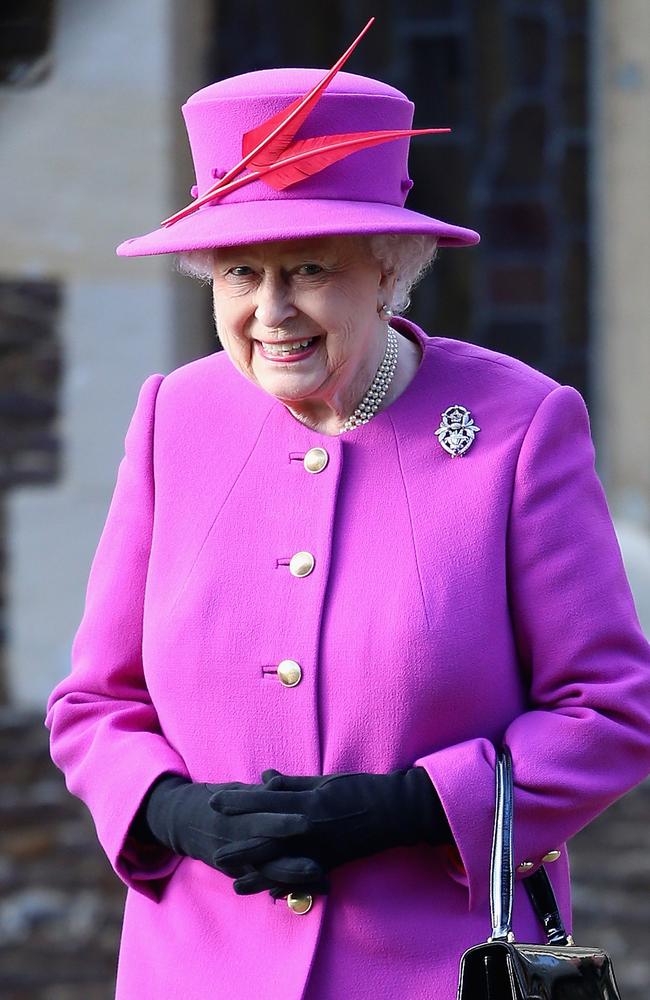

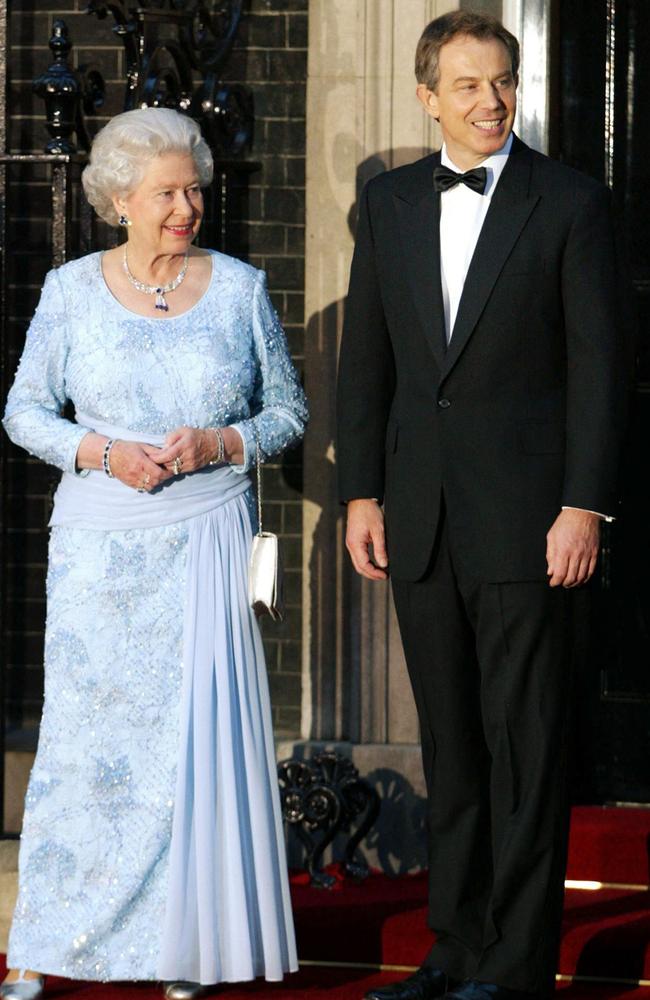
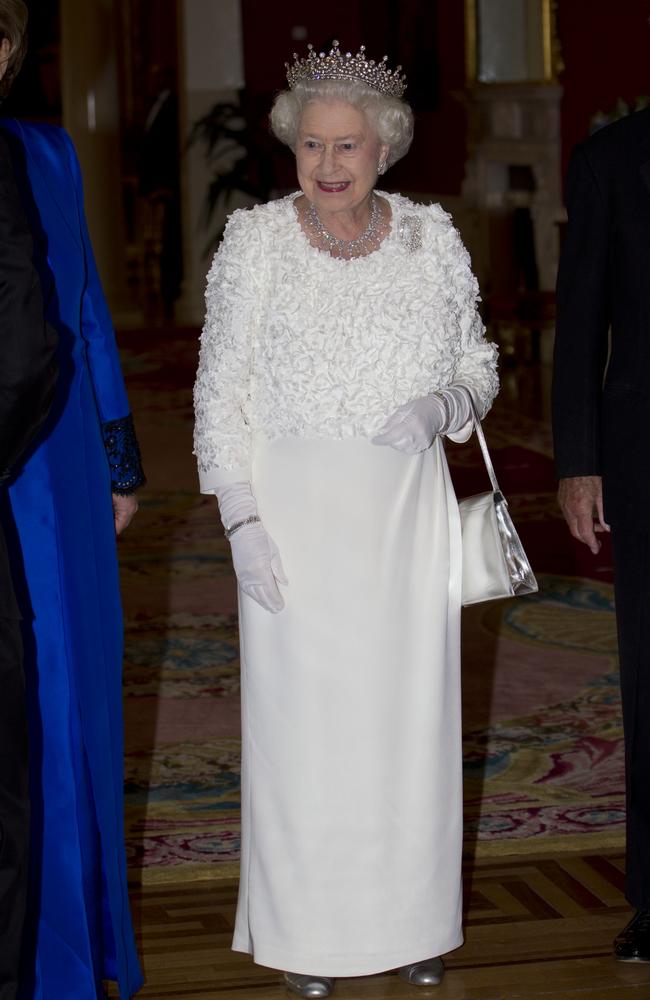
In the documentary The Queen at 90 Sophie, Countess of Wessex and the Queen’s daughter-in-law, revealed there was a hidden meaning behind the Queen’s bright colour blocking (that is, wearing just one colour from head to toe and in the Queen’s case, usually a matching dress, coat and hat): she knew people wanted a glimpse of her.
“She needs to stand out for people to be able to say ‘I saw the Queen’,” said Sophie.
“Don’t forget that when she turns up somewhere, the crowds are two, three, four, 10, 15 deep, and someone wants to be able to say they saw a bit of the Queen’s hat as she went past.”
The importance of fashion throughout the Queen’s life must not be underestimated.
She used its soft-touch diplomacy to follow protocol and offer messages of goodwill, regal dignity, hope and even joy.
Take, for example, the Queen’s dress for her wedding to Philip Mountbatten at Westminster Abbey in 1947.
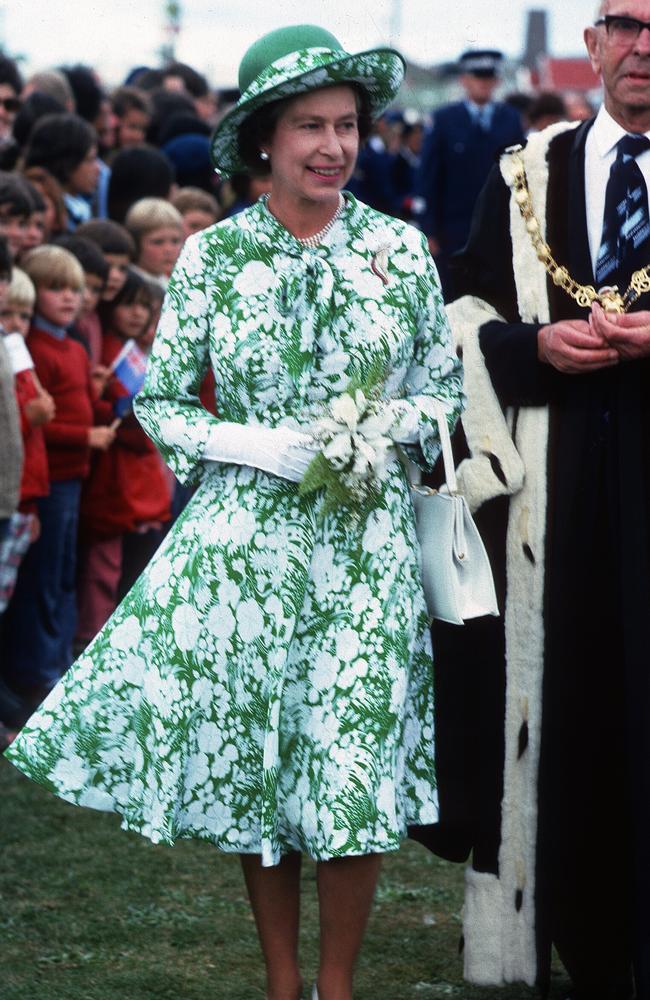
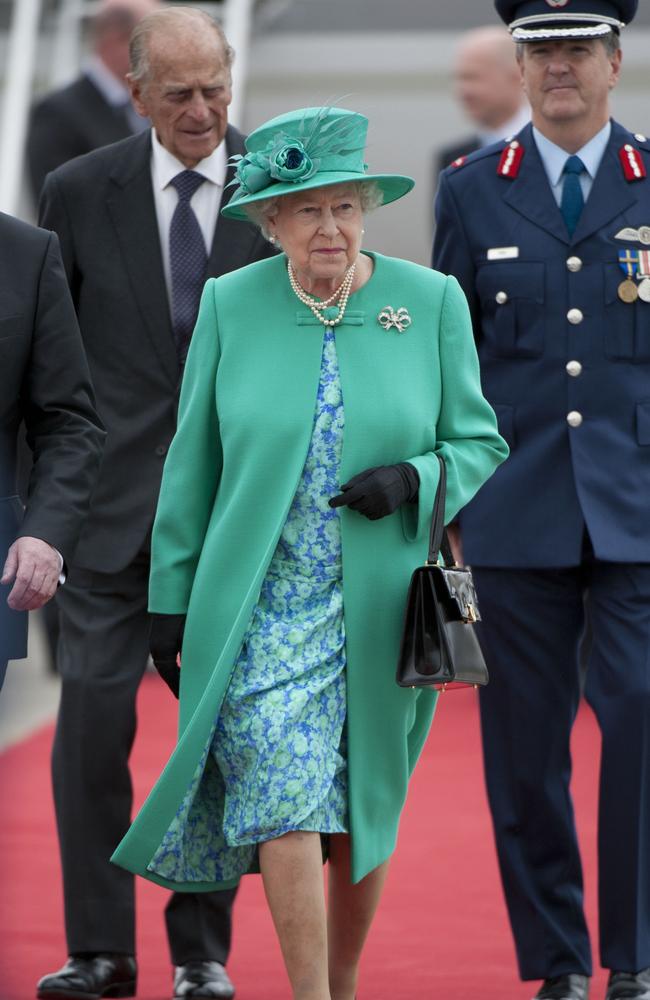
Designed by Norman Hartnell, one of her majesty’s favourite designers – he was also commissioned for her coronation gown in 1953 – the duchess satin was purchased using ration coupons, just like any other British bride marrying in the shadow of World War II.
The dress was embroidered with motifs of wheat, roses and star-shaped flowers in gold and silver thread, inspired by Sandro Botticelli’s Renaissance masterpiece, Primavera.
It was intended as a symbol of rebirth and renewal post a time of great hardship. Hartnell himself said it was “the most beautiful dress I ever made.”
This dignified approach to fashion diplomacy was reflected too in how the Queen would choose a brooch from her beloved, and spectacular, collection with the emblem of a host nation while on a royal tour.
She would also commission dresses with meaningful and appropriate motifs.
In 1986, she was the first British monarch to visit China, and she dined with leader Deng Xiaoping wearing a dress adorned with China’s national flower.
In 2011, she wore a white dress with 2091 hand-sewn silk shamrocks for her visit to Ireland (not to mention the vivid emerald green dress she arrived in).
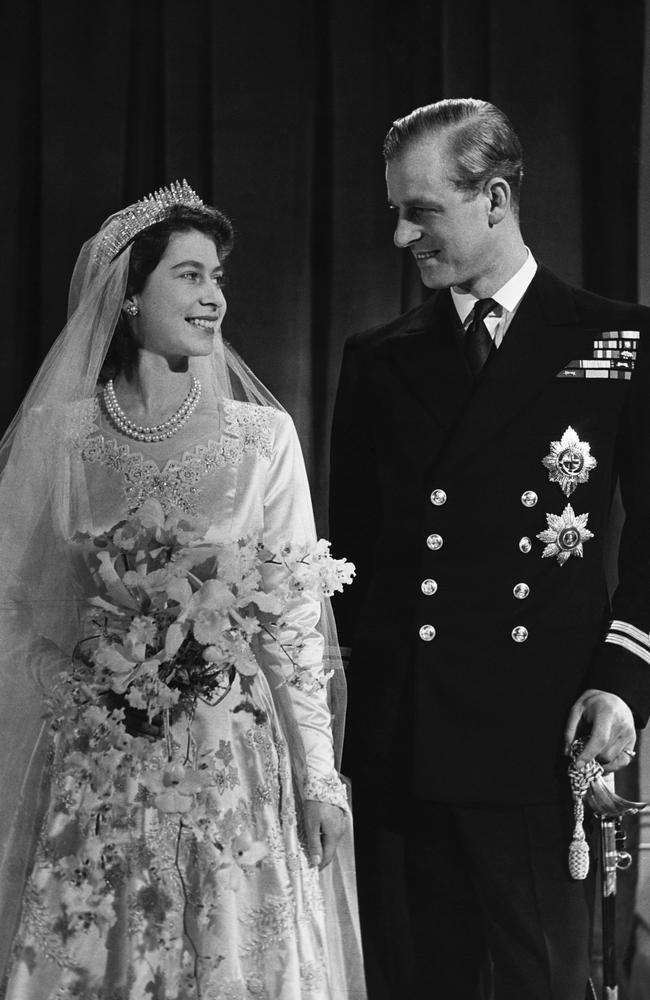
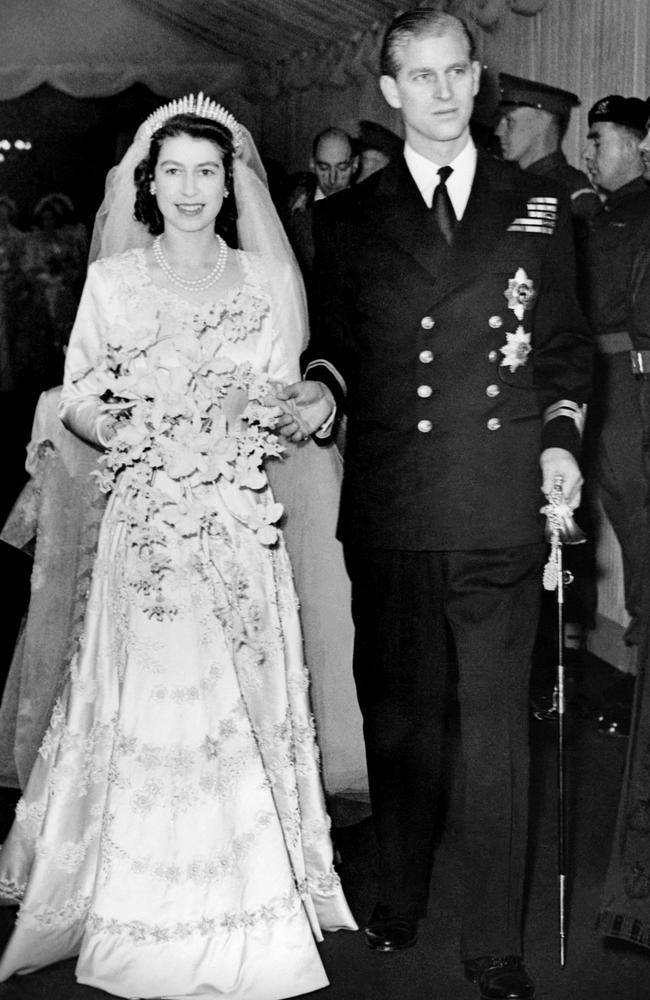
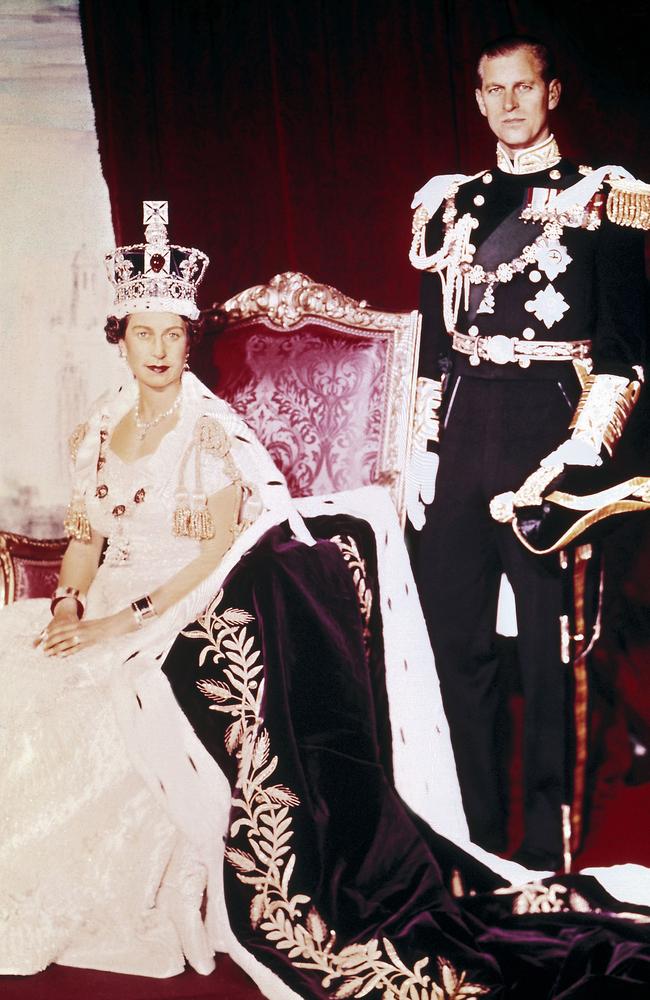
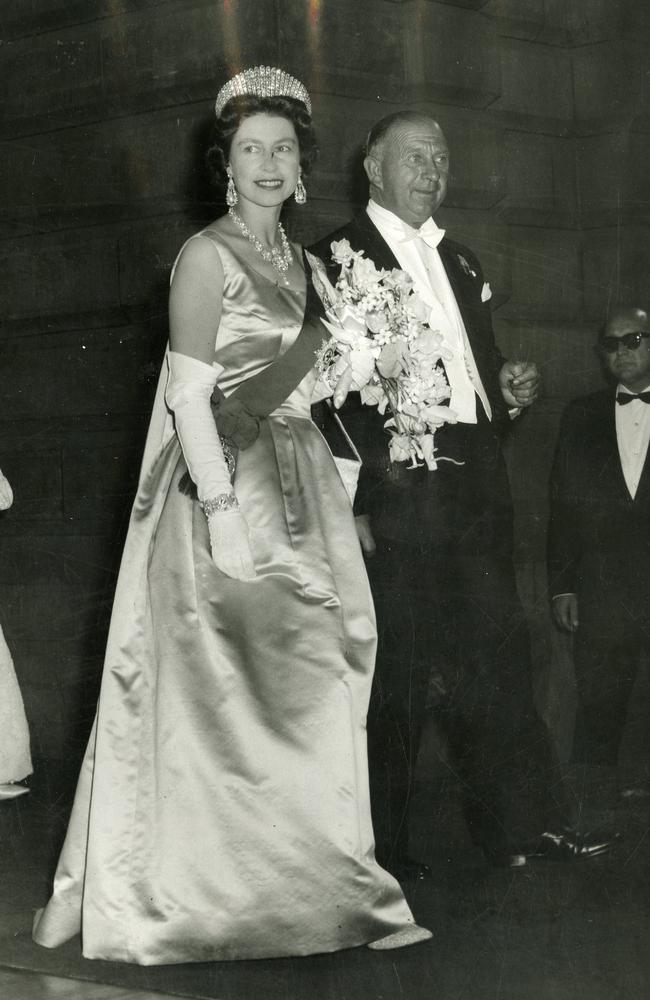
Every outfit was deliberate, and indeed, reportedly logged in a spreadsheet by her majesty’s loyal and long-serving dressmaker, personal dresser and close confidant Angela Kelly in order to avoid outfit repeats (unless intentional).
Of course the Queen would wear her most splendid of the Crown Jewels — the collection of royal ceremonial objects — with aplomb.
Brooches were essential and some of her favourites included the spectacular Cullinan V Brooch, made by the House of Garrard jewellers in 1911 and cut from the Cullinan diamond, the largest ever found, and the City of London Lily Brooch.
Her favourite tiara was said to be “Granny’s Tiara,” given to her by her grandmother, Queen Mary. Tradition, family connection and duty was a message behind perhaps her most worn jewels, her three strands of pearls.
They were said to be made from family heirloom pearls, a tradition started by Queen Victoria and passed down through the women in the family.
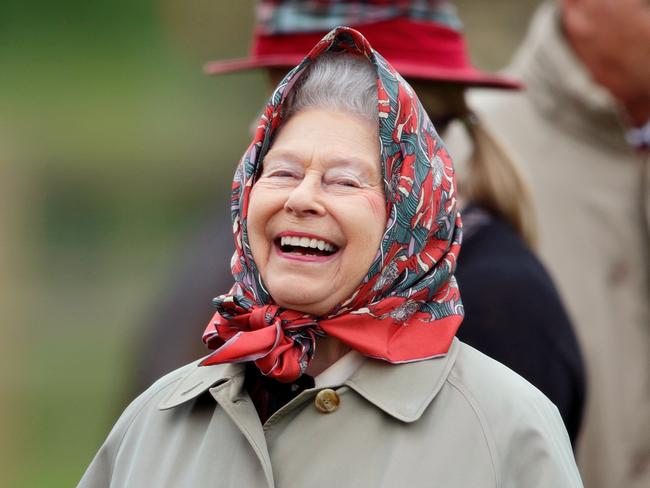
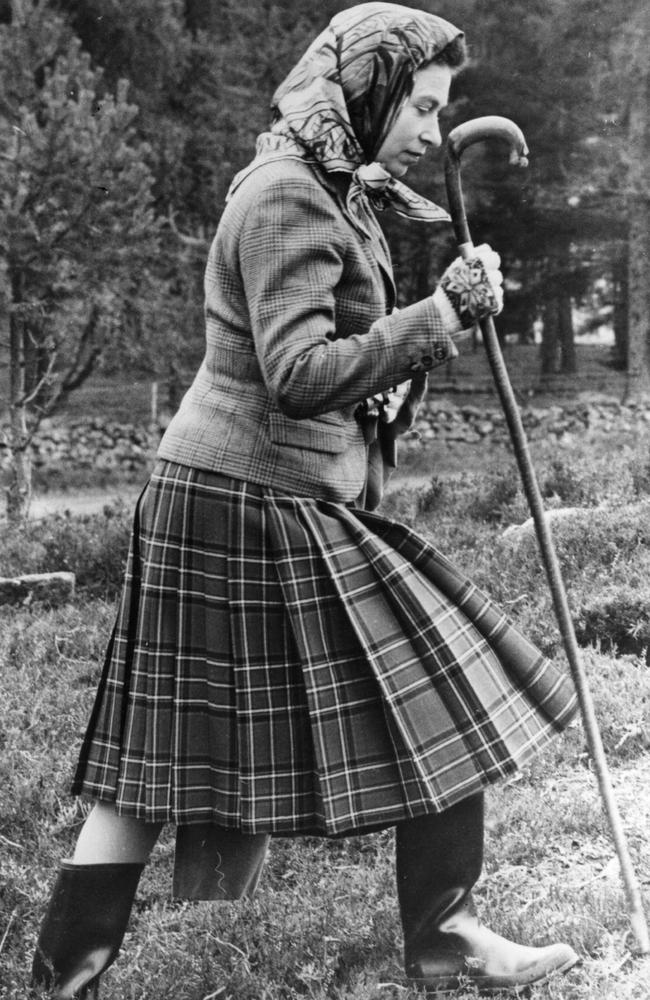
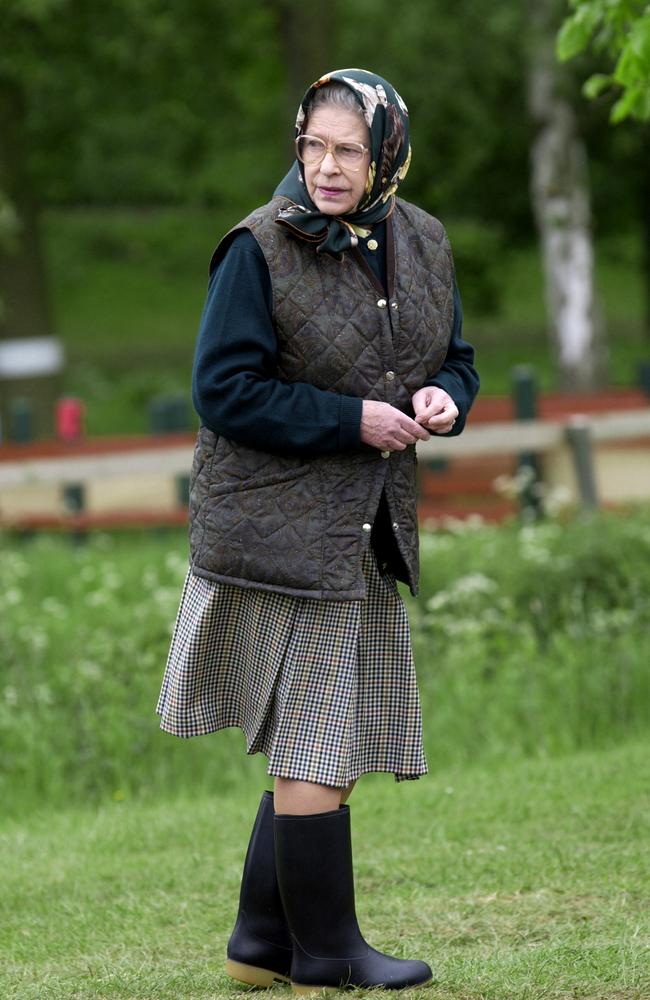
Despite all of the jewels, there was an air of British pragmatism, and of keeping calm and carrying on in her fashion choices too.
There was the in keeping with the many rules around royal dressing – hemlines of a certain awkward situation diffusing length, regulation nude tights and a ban on “vulgar” colourful nail polish, though if one must, a slick of nude (Queen Elizabeth is said to have worn Essie’s Nail Lacquer in Ballet Slippers since 1989) was permissible.
The clothes she wore when visiting her Scottish residence, Balmoral (reportedly her favourite) particularly emphasised this aesthetic – tartan skirts, waxed Barbour jackets, and a silk scarf (often from luxury French maison Hermes) worn around her hair.
It is here, and when she was pictured at events such as the Windsor Horse Show, that it’s easy to imagine the Queen, surrounded by her beloved corgis and horses, felt at her happiest.
But this sensible approach was also evident in her majesty’s loyalty to certain brands and people, including Angela Kelly and the dressmaker Stewart Parvin.
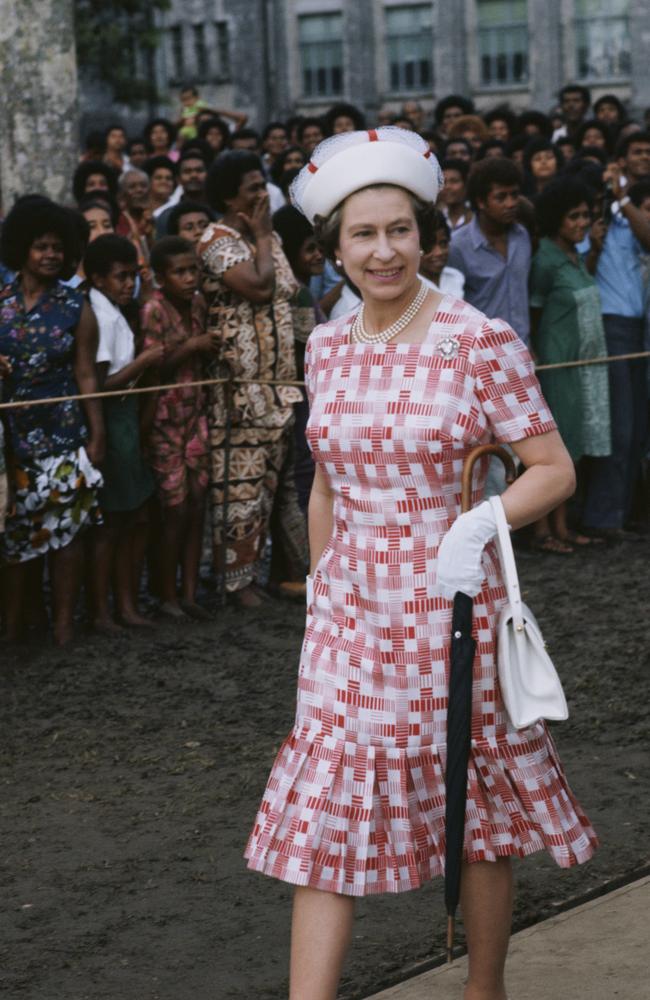

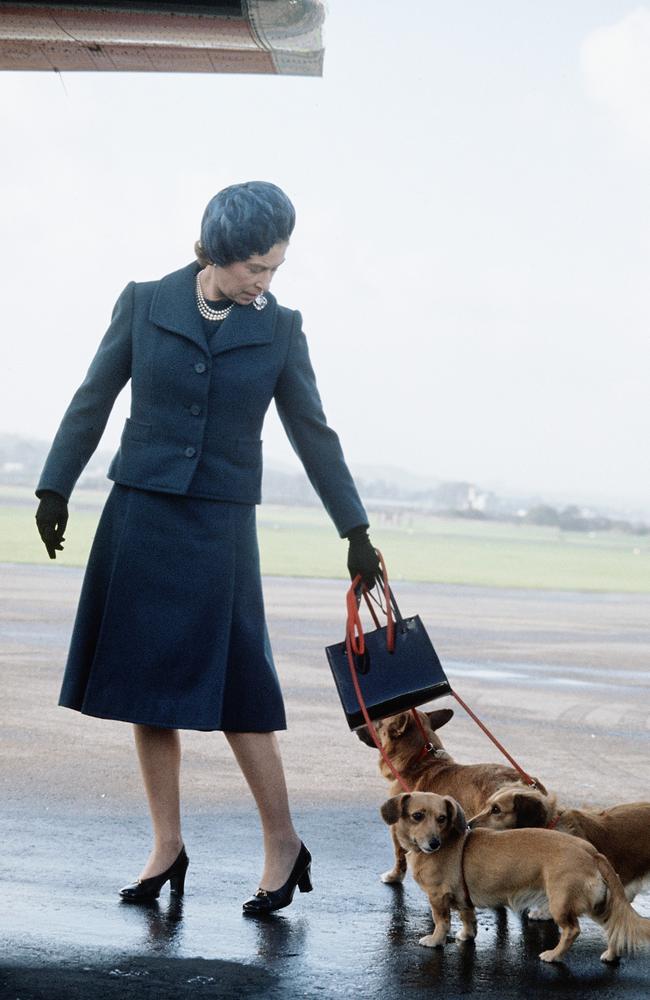
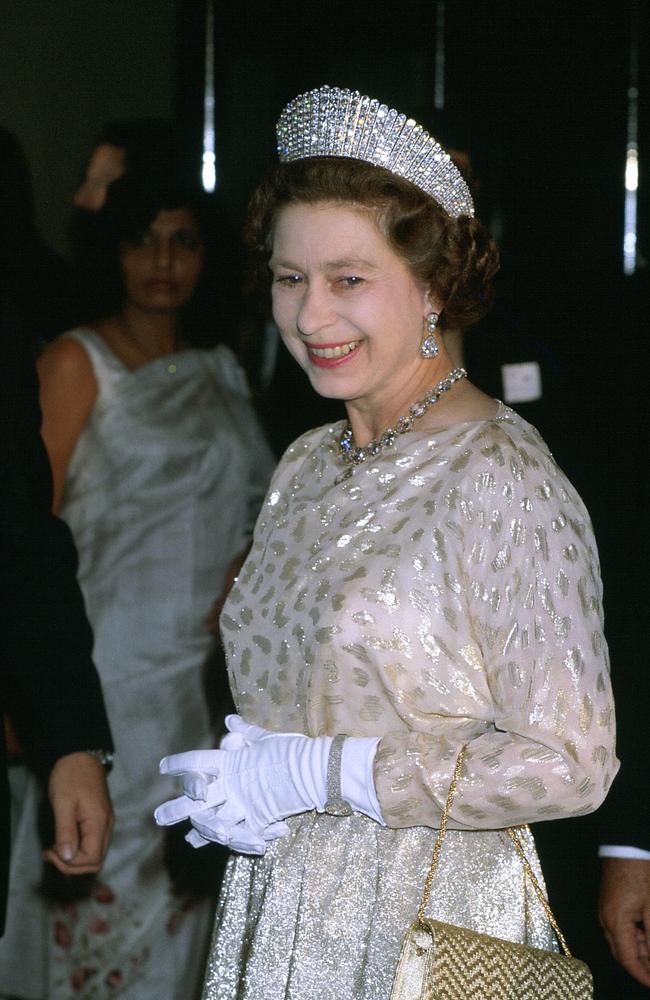
The Queen was rarely without her trademark British heritage brand Launer handbags (she was said to own more than 200 of them) and her practical, patent leather, block heeled Anello & Davide loafers.
Indeed one rather fun fact is that it was someone in Buckingham Palace’s duty to break in her Majesty’s shoes lest a walkabout be marred with a blister.
She was almost always wearing gloves, a useful choice for someone who, at least pre-pandemic, spent an awful lot of time shaking an awful lot of people’s hands.
Reportedly all those small handbags, perfectly carried in the crook of her majesty’s arm served double duty too.
According to royal experts, if the Queen moved her handbag from her left arm to her right while talking with someone, her people knew that she wanted to wrap things up. If the Queen put her bag on the floor it was an SOS sign that she needed rescuing from an awkward encounter.
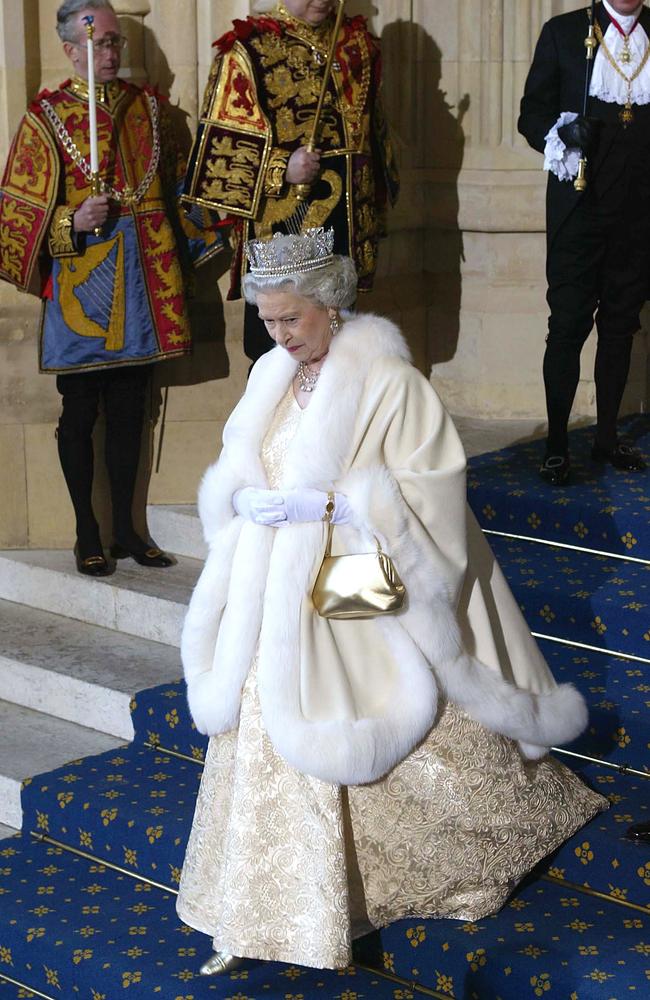

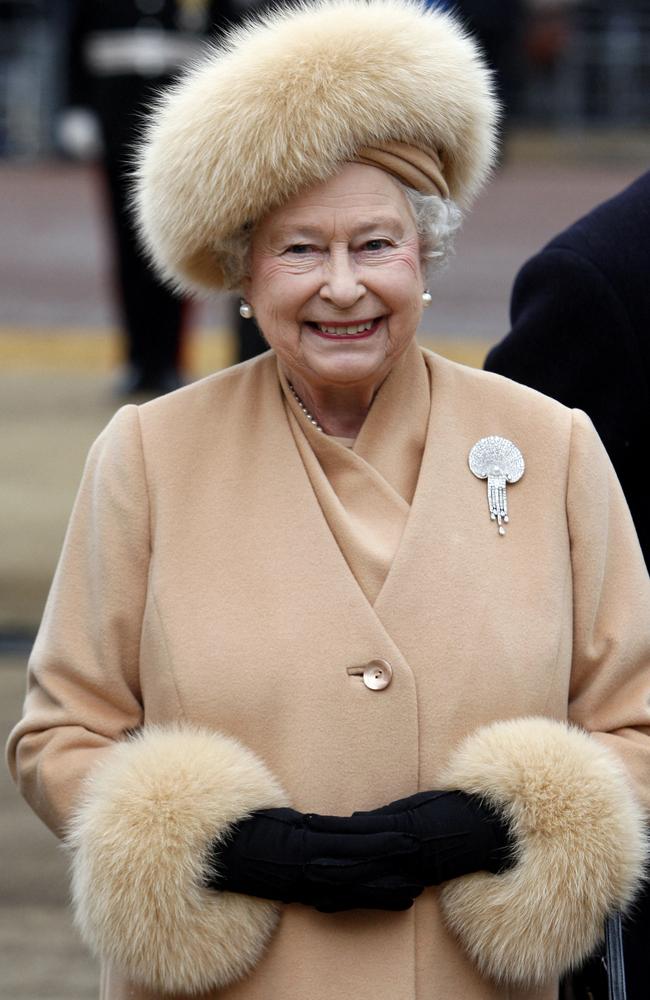
And if at dinner she placed her handbag on the table, it was a sign that the event ought to end in the next five minutes.
But there were some truly spectacular outfits too.
Highlights include the gorgeous marigold polka dot dress with matching turban worn on a state visit to Mexico in 1975, a floral-appliqued, sweetheart-neckline gown worn in 1954 to a gala in Australia (famously Pat Hills, then Lord Mayor of Sydney, caused quite a fuss by lightly touching her Majesty in a galling for the time breach of etiquette) and the times she wore a floral print so well, such as a 1967 visit to Malta and in 2021 when meeting US President Joe Biden and his wife Jill.
As the Queen grew more confident in her role, she left behind the sweet peter pan collars and pastels she wore as a young princess and increasingly embraced the bold and the bombastic. She also recognised the enormous impact the fashion industry has in terms of economic, creative and social contribution.
In 2018, the Queen Elizabeth II Award for British Design was established, recognising the work of young British designers who made an impact in their communities.
To launch the innovation the Queen, in an outfit of fetching duck egg blue, experienced her first fashion week front row.
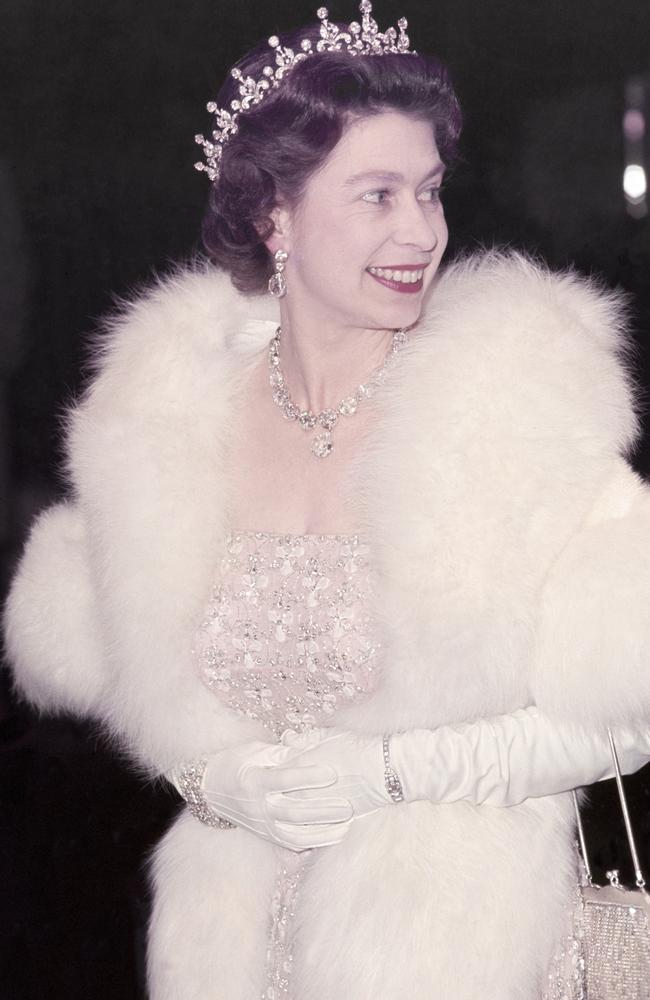
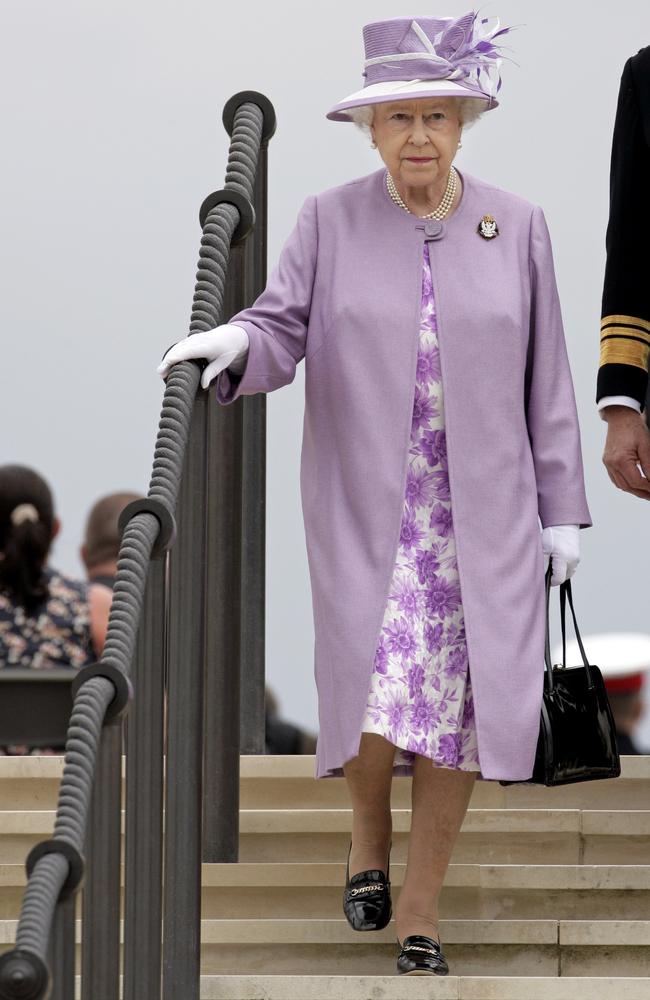
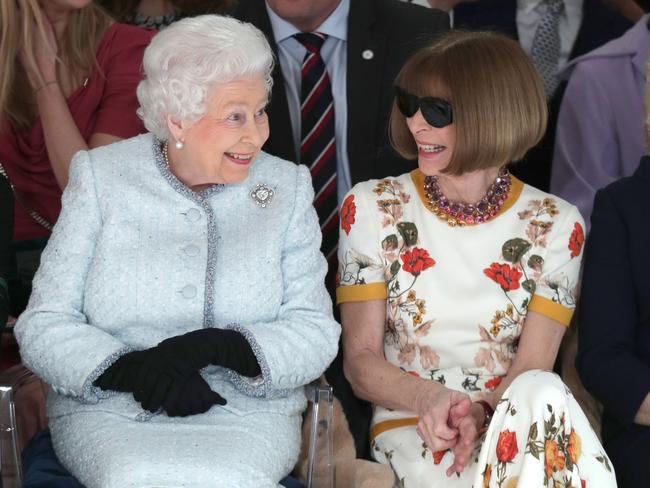
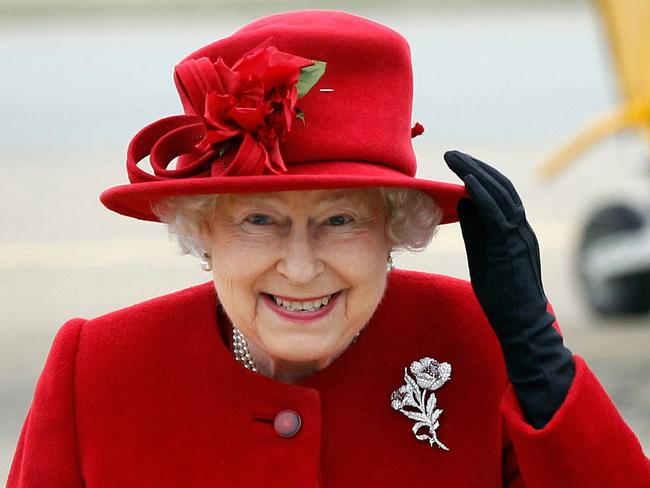
She sat next to a Dame Anna Wintour, Vogue’s editor-in-chief, to watch the inaugural winner Richard Quinn’s runway show.
Fittingly, Quinn is known for his vivid, confident and optimistic prints.
Indeed in her life of service the Queen always used fashion to make sure every moment counted.
And contrary to her protestations, it would have been truly impossible to miss her for she was always, always dressed for the occasion.
Originally published as Queen of style: Queen Elizabeth’s most memorable fashion moments according to Vogue Australia


